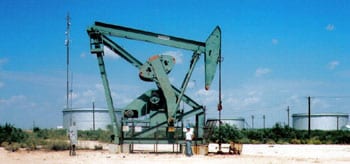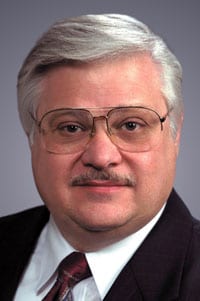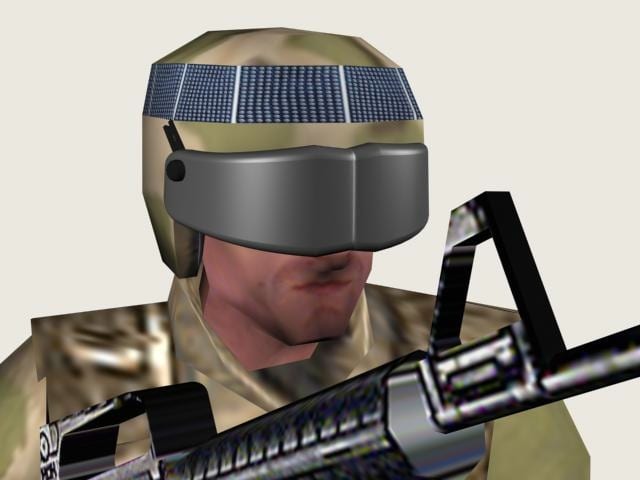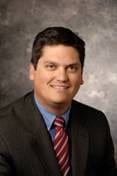The first comprehensive analysis of air emissions associated with natural gas and oil production in the Barnett Shale finds that those emissions might be a significant contributor to smog formation in the Dallas-Fort Worth area.
The emissions are comparable to the combined emissions in the Dallas-Fort Worth area from all cars and trucks. State regulators for years have targeted cars and trucks as a major source of smog in the D-FW area.

The study, “Emissions from Natural Gas Production in the Barnett Shale Area and Opportunities for Cost-Effective Improvements,” was written by Al Armendariz. He is a research associate professor in the department of environmental and civil engineering in the Bobby B. Lyle School of Engineering at Southern Methodist University.
The report takes into consideration the emissions of smog-forming compounds, such as nitrogen oxides and volatile organic compounds. In addition, it also looks at air-toxic chemicals and greenhouse gases.
The study found that emissions of carbon dioxide and two other major greenhouse gases underlying climate change were estimated to be roughly equivalent to the impact of two 750-megawatt coal plants.
 “It’s true that Barnett Shale oil and gas activities are producing significant air emissions, but there’s good news as well,” Armendariz said. “There are off-the-shelf technologies that can greatly reduce these emissions and improve the D-FW area’s air quality.”
“It’s true that Barnett Shale oil and gas activities are producing significant air emissions, but there’s good news as well,” Armendariz said. “There are off-the-shelf technologies that can greatly reduce these emissions and improve the D-FW area’s air quality.”
Experts say cost-effective control strategies are readily available and can substantially reduce emissions from production in the massive Barnett Shale, a 5,000-square-mile geologic formation.
“These controls can in many cases, reduce costs for oil and gas operators after short payback periods,” said Ramon Alvarez, senior scientist with Environmental Defense Fund, which commissioned the study. “Such controls are already used by some producers, but not universally.”
The City of Fort Worth recently adopted an ordinance requiring the use of “green completions” to capture the greenhouse gas methane and volatile organic compounds during well completions. That is one of the controls recommended in the report for areas throughout the Barnett Shale area.
Natural gas production in the Barnett Shale region of Texas has increased rapidly since 1999, where as of June 2008 there are now more than 7,700 oil and gas wells producing and permits issued to drill another 4,700.
In 2008, the Barnett Shale was responsible for 21 percent of the state’s natural gas production. Unlike most historical drilling for oil in Texas, this activity is taking place in and around a heavily developed and populated area.
Natural gas is a critical feedstock to many chemical production processes. It has many environmental benefits over coal as a fuel for electricity generation, including lower emissions of sulfur, metal compounds and carbon dioxide. Nevertheless, oil and gas production from the Barnett Shale can impact local air quality and release greenhouse gases into the atmosphere, according to the Armendariz study.
The report examines each step of the gas production process, from well drilling and completion, to gas processing and transmission. It concludes that peak summertime emissions of smog-forming emissions from production activities in the Barnett Shale are about the same as the emissions from all the cars and trucks on the road in the D-FW area. Barnett Shale emissions total 307 tons per day, while cars and trucks total 273 tons per day.
SMU’s Bobby B. Lyle School of Engineering, founded in 1925, is one of the oldest engineering schools in the Southwest. The school offers eight undergraduate and 29 graduate programs, including both master’s and doctorate levels.
Related links:
Report: “Emissions from Natural Gas Production in the Barnett Shale Area and Opportunities for Cost-Effective Improvements”
Dallas Morning News: Barnett Shale oil, gas production pollutes
Al Armendariz faculty site
Al Armendariz home page
Ramon Alvarez
Environmental Defense Fund
Star-Telegram: Barnett Shale blog
Bobby B. Lyle School of Engineering




 The research should eventually provide helmet-mounted surveillance equipment for soldiers on the ground. Lens performance tends to improve with size, which is why a small cell phone camera can’t produce a very good image.
The research should eventually provide helmet-mounted surveillance equipment for soldiers on the ground. Lens performance tends to improve with size, which is why a small cell phone camera can’t produce a very good image.

 “It’s true that Barnett Shale oil and gas activities are producing significant air emissions, but there’s good news as well,” Armendariz said. “There are off-the-shelf technologies that can greatly reduce these emissions and improve the D-FW area’s air quality.”
“It’s true that Barnett Shale oil and gas activities are producing significant air emissions, but there’s good news as well,” Armendariz said. “There are off-the-shelf technologies that can greatly reduce these emissions and improve the D-FW area’s air quality.”